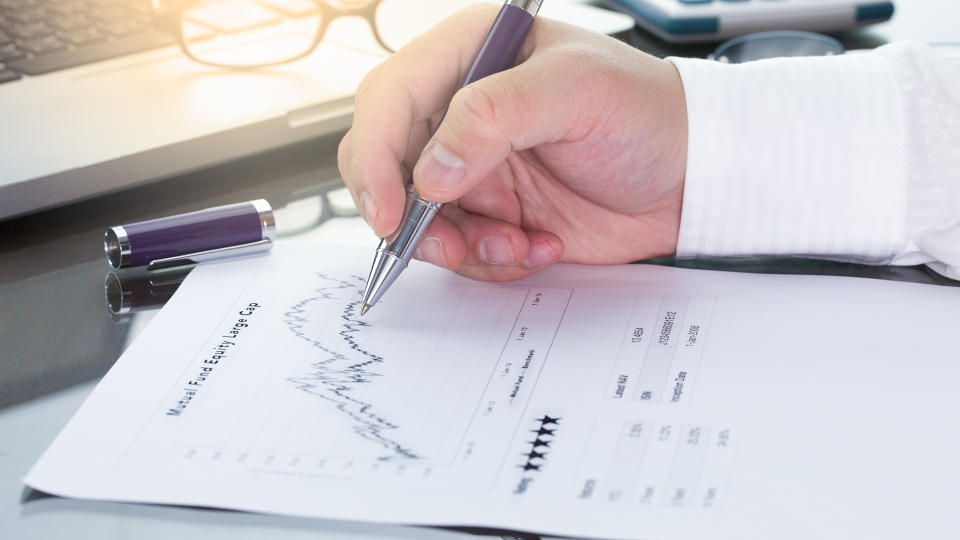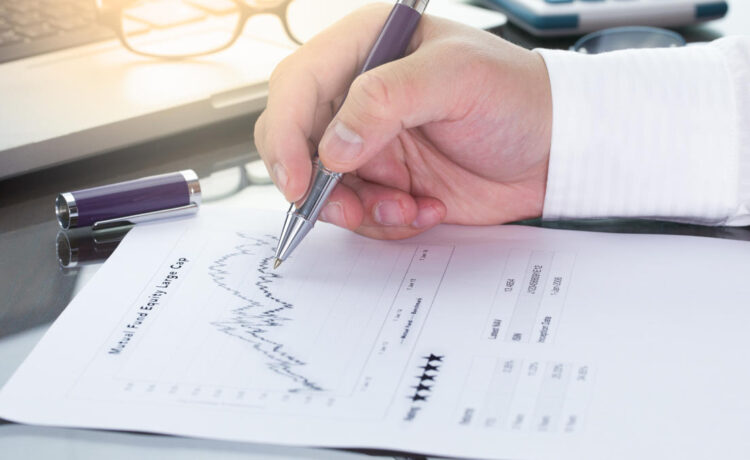
Exchange traded funds, or ETFs, are one of the most important financial instruments in modern stock markets. First created in the 1990s as a way for individual investors to access widely diversified passive portfolios, ETFs have grown to include not just market indices but also niche strategies, industries and alternative assets.
Check Out: 401(k) Growth Potential: Ways to Double Your Savings in 10 Years
Read Next: 7 Unusual Ways To Make Extra Money (That Actually Work)
Prior to ETFs, the main pooled investment vehicles were hedge funds and mutual funds. Hedge funds were restricted to “accredited investors” as defined by the Securities Exchange Commission, which requires either a high net worth or a high income, putting them out of reach for the average person. Mutual funds were more accessible, but often required minimum investments, had lockup periods for invested funds and couldn’t be readily bought and sold on public stock exchanges.
Expense Ratios
Like other pooled investment vehicles, ETFs are managed funds which are generally issued by for-profit companies. That means they charge a fee to investors to generate a surplus beyond the expenses of managing the fund. To make the fees easily understood — and easily comparable to other ETFS — this fee is expressed as a percentage of the investment.
For example, ticker symbol VOO, the Vanguard ETF that attempts to replicate the S&P 500, has an expense ratio of 0.03%, meaning that for every $1,000 you have invested in the fund, you will “pay” $3 a year in fees. You won’t get a bill, it will just be deducted from the returns on the fund. That’s a pretty low expense ratio — more actively managed ETFs charge higher fees, with expense ratios climbing as high as double digit percentages.
Why Expense Ratios Matter
Learn More: If You Bought $1K of Elon Musk’s Favorite Crypto 5 Years Ago, Here’s How Much You Would Have Now
As an investor, the important thing to understand about expense ratios is that they have a negative impact on your returns. That doesn’t mean ETFs should be avoided. For an individual investor, owning a portfolio that included the full S&P 500 would be challenging at best. It’s much easier to simply buy shares of a S&P 500 ETF and paying a small fee in the form of an expense ratio is absolutely worth it. It’s when those fees creep into the 2% or higher range that investors should become wary.
rock-component slug=”more-from-gobankingrates-2″]
This article originally appeared on GOBankingRates.com: What Is an ETF Expense Ratio? Here’s What Investors Should Know













